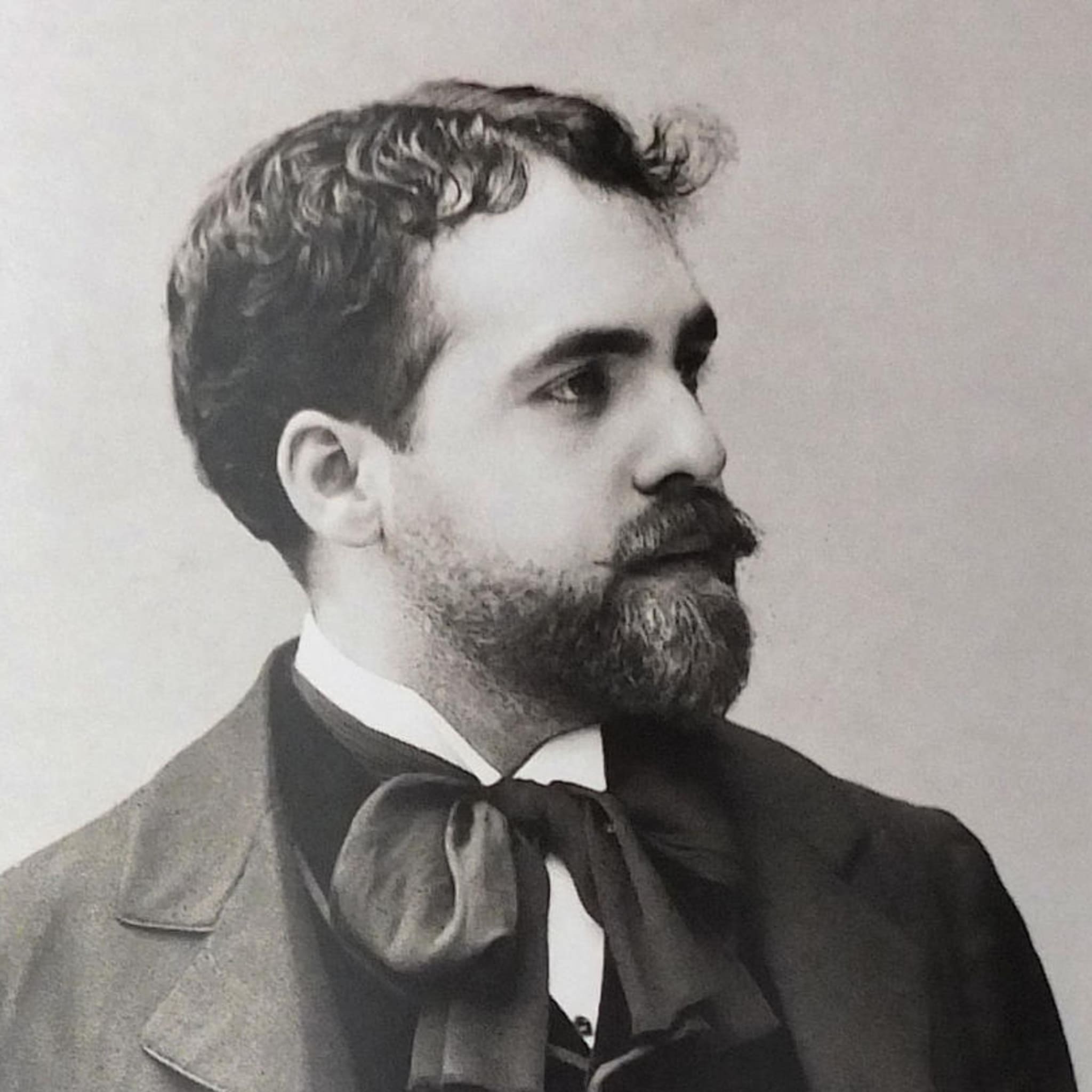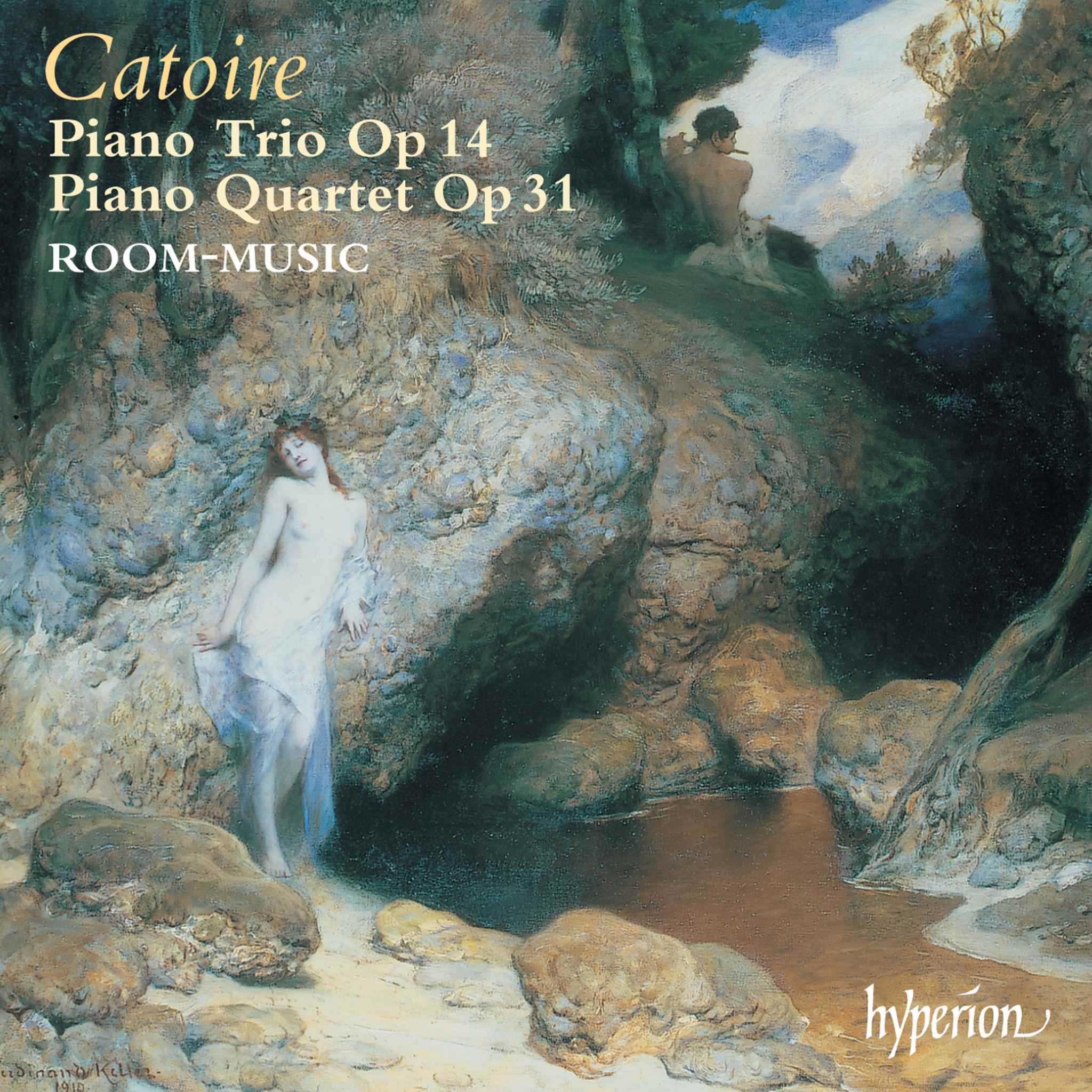Album insights
Throughout its evolution, the harp has transitioned from a simple medieval instrument with a dozen or fewer strings to the large, louder, and more mechanized modern double-action harp, boasting a range of five and a half octaves. The notable increase in string tension, coupled with a complex and heavy mechanism for altering pitch, distinguishes the concert harp from its baroque predecessors, much like the distinction between today's piano and harpsichord.
Historically, the "gothic" harp with twenty-five strings was utilized during the Renaissance era, but around the mid-sixteenth century, additional strings were added for full chromatic playability. The concept of the "arpa doppia" or double harp was described by theorist Vincenzo Galilei in 1581. This innovative instrument featured twin rows of strings arranged akin to the piano's white and black keys, enabling accessible diatonic play for each hand and expanding the harp's chromatic capabilities without the need for pedals.
Similar to the evolution of the chitarrone from the Renaissance lute, harps were expanded and equipped with additional bass strings for basso continuo performance. By 1600, the "arpa doppia" had transformed into a significantly larger instrument with deep bass registers, akin to the double bass or double bassoon in English terminology. This enhancement allowed for longer strings with relatively low tension, facilitating the resonance of the instrument's frame without the burden of rigid metal mechanisms.
Just like the chitarrone, the "arpa doppia" primarily served as an accompanying instrument. Its robust bass made it ideal for early Baroque basso continuo, blending the flexibility and tonal range of the theorbo with the keyboard instrument's scope. Noteworthy music publications of the seventeenth century suggested the harp as an alternative for accompaniment, showcasing its integration into basso continuo practices by authors like Praetorius and Agazzari.
In contrast to the lute or harpsichord, the harp lacked popularity among amateur musicians, inhibiting the creation of a market for solo works. Nevertheless, several virtuosos, mastering the "arpa doppia," attained international renown. Orazio Michi, a musician in Rome, rivaled even Frescobaldi with his harp skills, especially noted for his innovative technique of string dampening to control the harp's resonance. In Naples, harpists like Giovanni Trabaci, Ascanio Mayone, Luigi Rossi, and Rinaldo dall’Arpa enriched the Neapolitan composer school, showcasing the harp's versatility.
Harps and lutes have long been synonymous with love songs and dance music, with harp virtuosos of the seventeenth century renowned for their ornate adaptations of popular madrigals. Their performances featured dramatic arpeggios across the harp's range, exploiting its chromatic capabilities and suitability for embellishments like trills and echo effects, advocated by Agazzari and Praetorius. Notable compositions for harp by Trabaci and Mayone explicitly designated for the instrument suggest a hidden repertoire tailored for harpists, revealing the adaptation of existing music for the harp and other instruments.
Most of the recorded music originates from Naples, underscoring the city's prominence as a hub for harp music in Italy. The works primarily composed by Giovanni Maria Trabaci, a singer, harpist, and organist at the royal chapel of the Spanish Court in Naples, exemplify richly textured Neapolitan harp compositions known for their idiosyncratic brilliance.
The transcription and reimagining of various musical works from the Renaissance and Baroque eras especially reflect the evolution and adaptability of the harp in different musical contexts, linking the instrument to diverse cultural movements and artistic developments across Europe.



